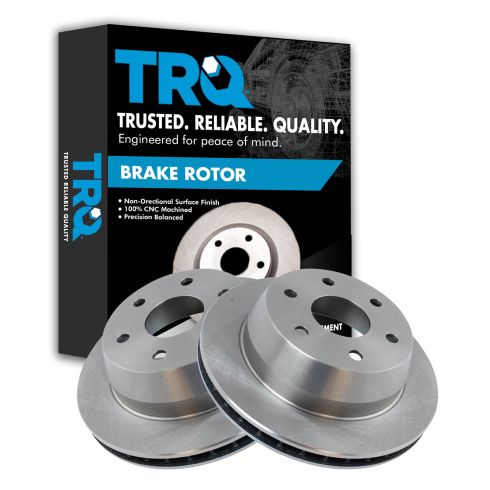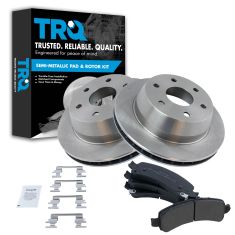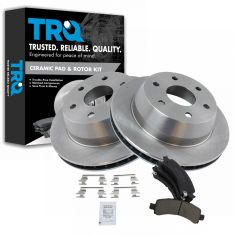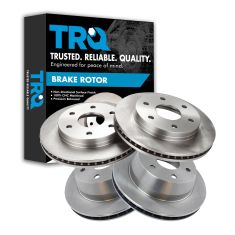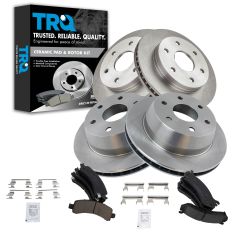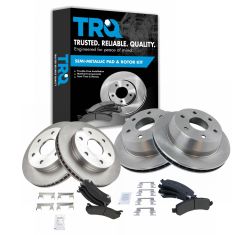1ABFS03488-Chevrolet GMC Cadillac Rear Driver & Passenger Side 2 Piece Brake Rotor Set TRQ BRA75131
Replaces
2008 GMC Savana 1500 Van Rear Driver & Passenger Side 2 Piece Brake Rotor Set TRQ BRA75131
Product Reviews
Loading reviews
There are no reviews for this item.
Customer Q&A
Will this fit the AWD unit?
May 25, 2024
10
Please provide your full vehicle information or VIN number to confirm fitment.
May 28, 2024
Kemal S
GMC is a registered trademark of General Motors Company. 1A Auto is not affiliated with or sponsored by GMC or General Motors Company.
See all trademarks.








